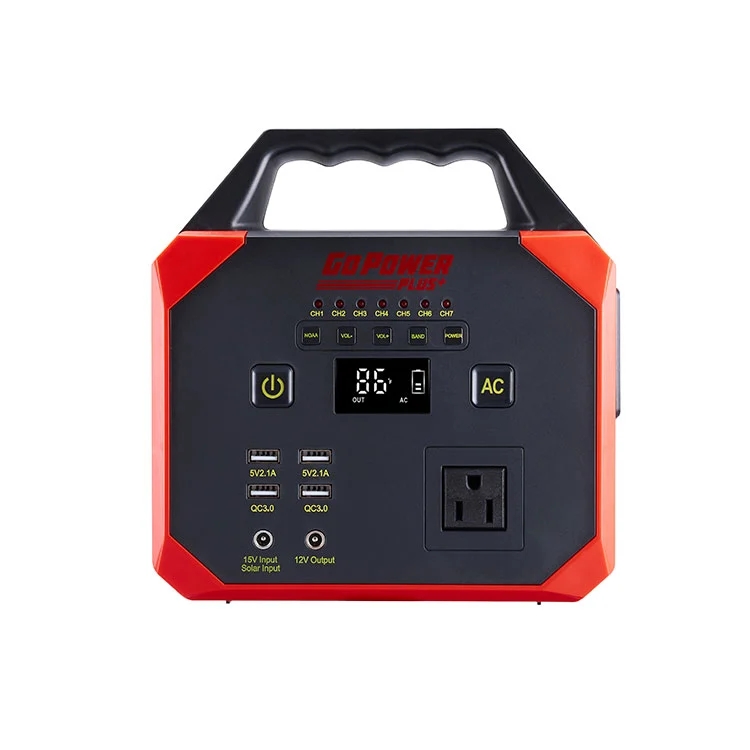Here are some key aspects of a solar power station
2023-10-18
A solar power station, also known as a solar power plant or solar farm, is a large-scale facility that harnesses sunlight to generate electricity. These stations consist of photovoltaic (PV) solar panels or solar thermal systems that convert solar energy into usable electricity. Solar power stations are designed to provide clean and renewable energy to power homes, businesses, and communities. Here are some key aspects of a solar power station:
1. Solar Panels: The core component of a solar power station is the solar panels. These panels consist of many individual solar cells that absorb sunlight and convert it into direct current (DC) electricity using the photovoltaic effect.
2. Inverter: The DC electricity generated by the solar panels needs to be converted into alternating current (AC) electricity, which is the standard form of electricity used in homes and businesses. Inverters perform this conversion.
3. Mounting Systems: Solar panels are mounted on specialized structures that position them at an optimal angle to capture sunlight. These mounting systems can be fixed or tracking, allowing panels to follow the sun's path for maximum efficiency.
4. Tracking Systems: Some solar power stations use tracking systems that automatically adjust the angle and orientation of the solar panels throughout the day to maximize their exposure to sunlight.
5. Substation and Transformers: The electricity generated by the solar panels is collected and sent to a substation, where transformers step up the voltage for transmission over power lines.
6. Connection to the Grid: Solar power stations are connected to the electrical grid, allowing the generated electricity to be distributed and used by homes and businesses in the area.
7. Environmental Benefits: Solar power stations produce electricity without emitting greenhouse gases or pollutants, making them environmentally friendly and contributing to reduced carbon emissions.
8. Energy Storage: Some solar power stations incorporate energy storage systems, such as batteries, to store excess electricity generated during sunny periods for use during cloudy days or nighttime.
9. Types of Solar Power Stations:
- Photovoltaic (PV) Solar Power Stations: These stations use solar panels with photovoltaic cells to directly convert sunlight into electricity.
- Solar Thermal Power Stations: These stations use mirrors or lenses to focus sunlight onto a receiver, which heats a fluid to produce steam that drives a turbine to generate electricity.
10. Siting and Land Use: Solar power stations require a significant amount of land or space to install the solar panels. They are often situated in areas with ample sunlight and available land.
11. Economic Impact: Solar power stations contribute to local economies by creating jobs in construction, operation, and maintenance. They can also provide a source of revenue for landowners and local governments.
12. Maintenance: Regular maintenance is necessary to ensure the optimal performance of the solar panels, inverters, and other components.
Solar power stations play a crucial role in the transition to cleaner and more sustainable energy sources. They are a key part of efforts to reduce reliance on fossil fuels and mitigate the impacts of climate change.



